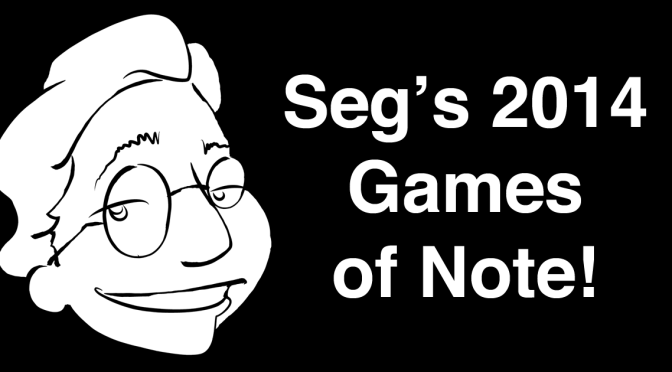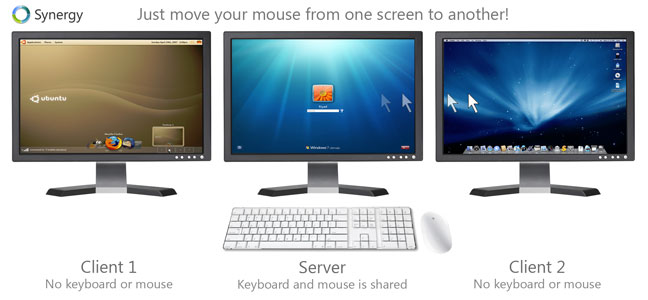-
Super Nintendo World Viewed as a Game & Experience Designer

On Wednesday Feb 22, 2023, my friend Jeremy and I got to experience the first video game based theme park land in the North America: Super Nintendo World (SNW) at Universal Studios Hollywood. Having a background in both video game development and immersive experience design, I wanted to share thoughts on Nintendo’s first collaboration and…
-
The Speakeasy and Audience Consent

Seg goes to a preview performance of The Speakeasy and finds a show that doesn’t respect an audience.
-
Seg’s Game List of 2014

Seg looks back to 2014 and highlights a few games he has a few things to say about.
-
Buy This: To The Moon
It’s rare that a title effects me so much as an artist. “To The Moon” by Freebird Games is such title. The story is about a dying man who’s last wish is to visit the moon. Two doctors are commissioned to make this wish a reality by using a technology that supplants a second lifetime to the patient, giving them…
-
“Mass Effect 3 Ending” or “What is a unit of art?”
Seg talks about the Mass Effect 3 ending and finds himself questioning what a ‘unit’ of art is.
-
Synergy: A Software KVM

Synergy allows you to run any number of different computers on different operating systems from one keyboard and mouse.
-
Review: Myst iPhone
The past few days I’ve been playing the iPhone port of Myst as previously mentioned and have a few thoughts to review. Scope of this Review I think it’s important to realize that this is a culturally significant title on a platform never dreamed or intended to be on. There is much said on the…
-
Watching the Watchmen
Yes, another movie review post and of a movie everyone else is watching. I need to write more… Watchmen has finally made it to the sliver screen with much fanfare and service. The preamble has been enjoyable with posts from The New Frontiersman. An ingenious way of putting more use out of B-roll and props…
-
Review & Thoughts: Coraline (2009)
Just got out of the theatre and saw Coraline. A film based off of the story from Neil Gaiman, directed and screenplay by Henry Selick. I don’t normally do reviews, but there are a few things that I thought to muse about the film. Some personal, others observations about the film. For the record, I…
-
WiiWare Launch & Reviews
Today, Nintendo launched the WiiWare service in North America. This is of particular interest to me as I am personally working on a WiiWare title. I’m actually lucky to play though all of the WiiWare games today (except My Life as a King) today. Checking the competition, I realize that we don’t have competition. Not…